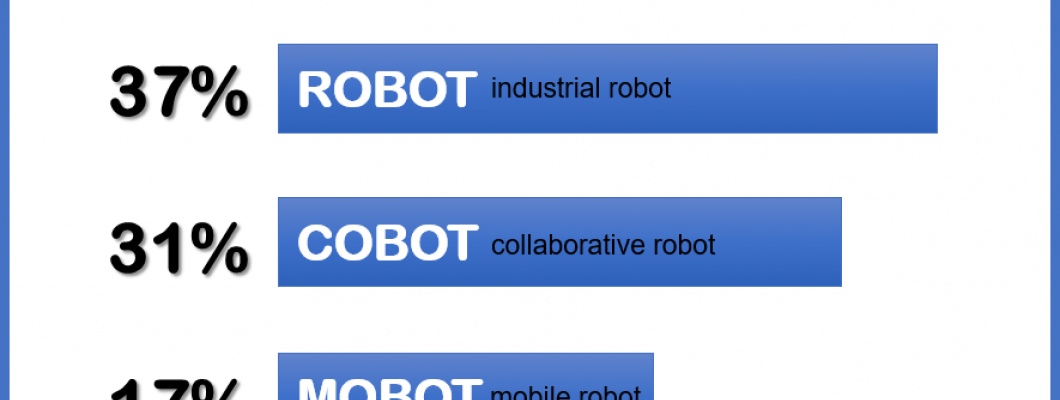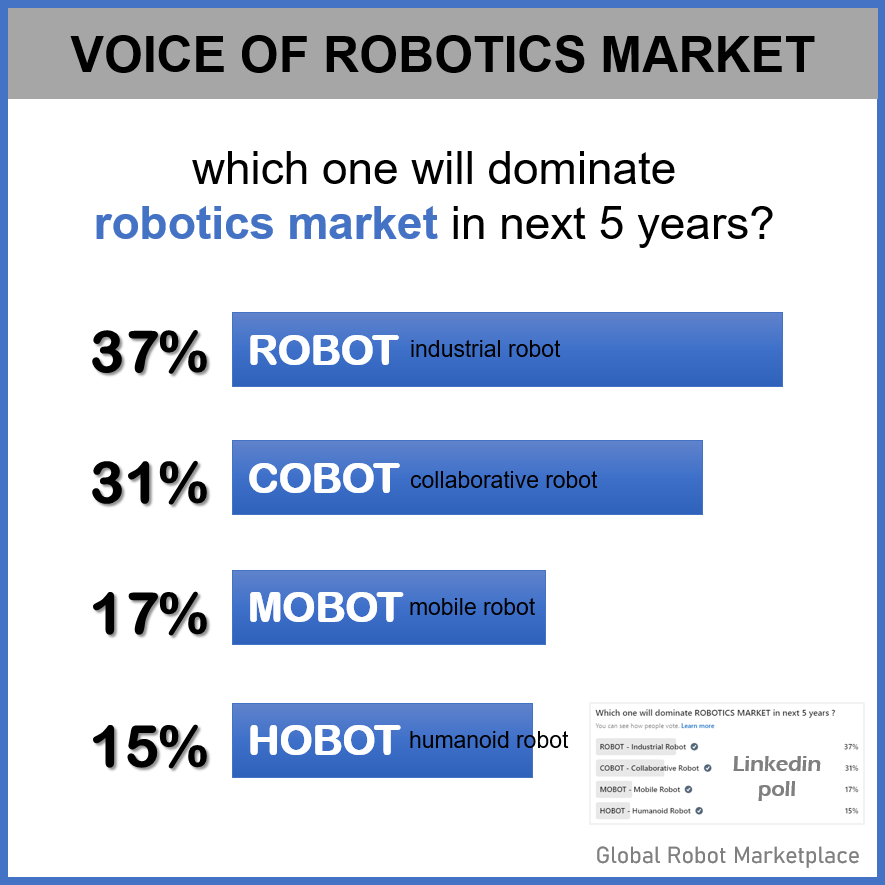
Robotics, once confined to science fiction novels and blockbuster movies, has firmly entrenched itself in our reality. From manufacturing floors to healthcare facilities, from space exploration to our homes, robots are becoming increasingly ubiquitous. As we venture further into the 21st century, the trajectory of the robotics market promises a future filled with innovation, disruption, and transformative growth.
Evolving Industrial Landscape
The industrial sector has long been the primary domain of robotics. Automated manufacturing processes have revolutionized industries ranging from automotive to electronics, streamlining production, enhancing efficiency, and improving safety. Looking ahead, the industrial robotics market is poised for significant expansion driven by advancements in artificial intelligence (AI), machine learning, and collaborative robotics (cobots). These technologies enable robots to adapt to dynamic environments, work alongside humans more seamlessly, and perform increasingly complex tasks with precision.
Rise of Collaborative Robotics
Collaborative robots, or cobots, represent a paradigm shift in robotics. Unlike traditional industrial robots confined to cages for safety reasons, cobots are designed to work side-by-side with human operators. This collaborative approach enhances flexibility, productivity, and safety in manufacturing settings. The demand for cobots is expected to surge across various industries, including automotive, electronics, and healthcare, as businesses seek to augment human labor with robotic assistance while ensuring a safe and ergonomic work environment.
Expansion into Service Robotics
Beyond the factory floor, the service robotics market is experiencing rapid growth driven by applications in healthcare, agriculture, logistics, and domestic settings. Service robots are designed to perform tasks outside the realm of traditional industrial automation, such as assisting with elderly care, cleaning, delivery, and surveillance. Advances in sensor technology, AI, and mobility are expanding the capabilities of service robots, enabling them to navigate complex environments, interact with humans naturally, and adapt to diverse tasks and scenarios.
Transforming Healthcare
The healthcare industry is emerging as a key frontier for robotics innovation. Robots are playing increasingly vital roles in patient care, medical procedures, and laboratory automation. Surgical robots, for instance, enable minimally invasive procedures with unparalleled precision, reducing patient recovery times and improving outcomes. Telepresence robots facilitate remote consultations and monitoring, bridging geographical barriers and expanding access to healthcare services. As healthcare providers embrace digital transformation, the demand for robotics solutions tailored to medical applications is poised to soar.
Enabling Technologies
The future of robotics is intrinsically linked to advances in enabling technologies such as AI, machine vision, sensor technology, and cloud computing. AI-powered algorithms enable robots to perceive and interpret their surroundings, make real-time decisions, and learn from experience. Machine vision systems provide robots with visual perception, enabling tasks such as object recognition, inspection, and navigation. Sensors ranging from LiDAR to tactile sensors enable robots to interact with their environment safely and efficiently. Cloud computing empowers robots with vast computational resources and access to data analytics, enabling remote monitoring, fleet management, and collaborative learning.
Addressing Challenges
While the prospects for the robotics market are promising, significant challenges remain. Concerns surrounding job displacement, ethical considerations, safety standards, and regulatory frameworks must be addressed proactively. Collaborative efforts between industry stakeholders, policymakers, and academia are essential to ensure the responsible development and deployment of robotic technologies. Moreover, ongoing investments in research and development are crucial to driving innovation, enhancing performance, and lowering costs, thereby fostering widespread adoption across industries and sectors.
Here is the poll result for the question: which one will dominate robotics market in next 5 years?

The future of the robotics market is bright, characterized by continuous innovation, expanding applications, and transformative impact across industries. As robotics technologies evolve and mature, they will revolutionize how we work, live, and interact with the world around us. From enhancing productivity and efficiency in manufacturing to improving healthcare outcomes and quality of life, robots are poised to play an increasingly integral role in shaping the future of society. Embracing this technological revolution with foresight, collaboration, and responsible stewardship will unlock a world of possibilities limited only by our imagination.
Global Robot Marketplace
